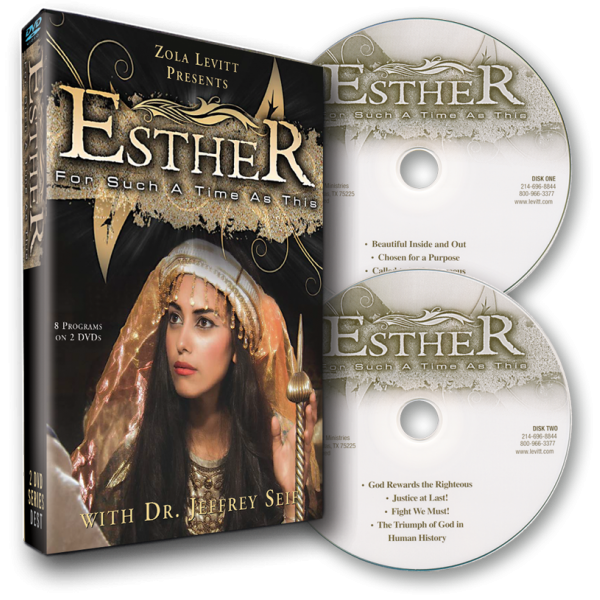Queen Esther had been chosen Queen after King Ahasuerus (Xerxes) dismissed his wife Queen Vashti for not coming to him when she was summoned.
Now Queen Esther is in anguish because Haman, the wicked aide to has convinced the King to issue an order to kill all the Jews in his Empire. Haman did this because Mordecai, Esther’s cousin who raised her as a daughter, would not bow down and prostrate himself as Haman passed as the King had ordered. The King is unaware that Esther his wife is Jewish.
The date set for destruction was the 13th of the month of Adar which corresponds to either our month of February. It is also the very day that the Maccabees liberated Israel after a four-year battle with the Seleucid Empire.
Sister Lucia to whom Our Lady of Fatima appeared died on this date. Our Lady of Fatima’s first appearance to the three shepherd children was May 13, 1917. Her last appearance was October 13,1917. On May 13, 1981, Pope John Paul II survived an assassination attempt. He credits Our Lady of Fatima with saving his life.
Queen Esther clothed herself in sackcloth and ashes. She fasted from food and water for three days and asks the Jews to do the same. After the three days, she approached the King without being summoned. She did this even though she was aware that the King could have sentenced her to death for doing so.
When the Queen enters into the King’s presence he extends his scepter thus sparing her life. He was so impressed by her courage and beauty that he promised her up to half of his kingdom. Instead, she invites him to two banquets and invites Haman – the man responsible for the order of the genocide of her people. At the second banquet she pleads for her life and the life of her people. The King is horrified by what Haman has done and orders him to be hung on the same gallows he had prepared for Mordecai. Persian law did not permit the King to reverse his decree, but he issued another decree that the Jews could defend themselves. Instead of being destroyed, the Jewish people were saved and defeated their enemies in battle. The Jews celebrate this triumph each year as their Feast of Purim. It doesn’t always fall on the same day. In 2013, the Feast falls on February 24th.
Many see Queen Esther as a type of Mary and the Book of Esther as a type of the Apocalypse. A figure type is a person, place, thing or event foreshadowing a New Testament archetype (a perfect model or type). The New Testament archetype is always greater than its Old Testament figure type. For example, Jonah’s time in the belly of the great fish is a type of Jesus in the tomb. Moses is a type of Jesus.
The Jewish people were saved through the intercession of Queen Esther, so Mary intercedes for her people today. The Apocalypse foretells a great persecution of Christians at the end of time, but the Book of Revelation speak about the Ark of the Covenant appearing in the sky and the Woman crushing the head of the dragon. (Revelation 12)
When the Blessed Mother appeared at Fatima she wore the Star of Esther. In the Old Testament of the Hebrew text, her name was Hádássah - meaning myrtle, a white, five-pointed, star-shaped flower. In the Hebrew text, her name was Hádássah - meaning myrtle, a white, five-pointed, star-shaped flower.
Like Esther, Mary came at Fatima to spare her children from destruction. She asked people to repent of sin, pray the rosary, go to confession, and receive the Eucharist worthily. On July 13, 1917, Our Lady said to the child Lucia: “…I shall come to ask for the consecration of Russia to My Immaculate Heart, and the Communion of Reparation on the First Saturdays. If my requests are heeded, Russia will be converted and there will be peace; if not, she will spread her errors throughout the world, causing wars and persecutions of the Church. The good will be martyred, the Holy Father will have much to suffer, and various nations will be annihilated. ... In the end, My Immaculate Heart will triumph. The Holy Father will consecrate Russia to me, and she will be converted, and an era of peace will be granted to the world.”
Had her requests been heeded the world would have been spared the horrors of World War II in which over 50 million people died and countless other wars and persecutions provoked by Communists throughout the world. In 1920, Russia was also the first country to legalize abortion. In 1913, Communist leader Vladimir Lenin demanded “the unconditional annulment of all laws against abortions or against the distribution of medical literature on contraceptive measures.”
Great evils threaten our world. Sin increases. So many hearts are hardened. We need to call on Our Lady in prayer. Heed her requests at Fatima and Lourdes. Do penance, do the Five First Saturday devotion by going to confession, receiving the Eucharist, praying the rosary and meditating 15 minutes on the mysteries for five first Saturdays of the month in a row.
Queen Esther asked her people to do pray and do penance with her. We must listen to the Blessed Mother today and ask her to intercede with her Son that he might spare us, our nation and our world.
....




